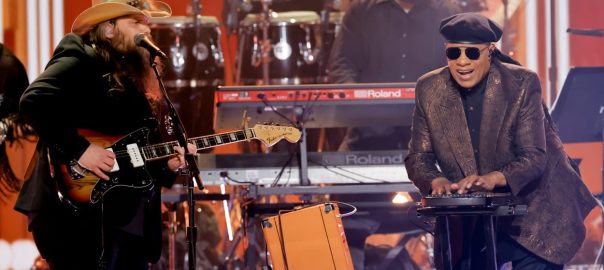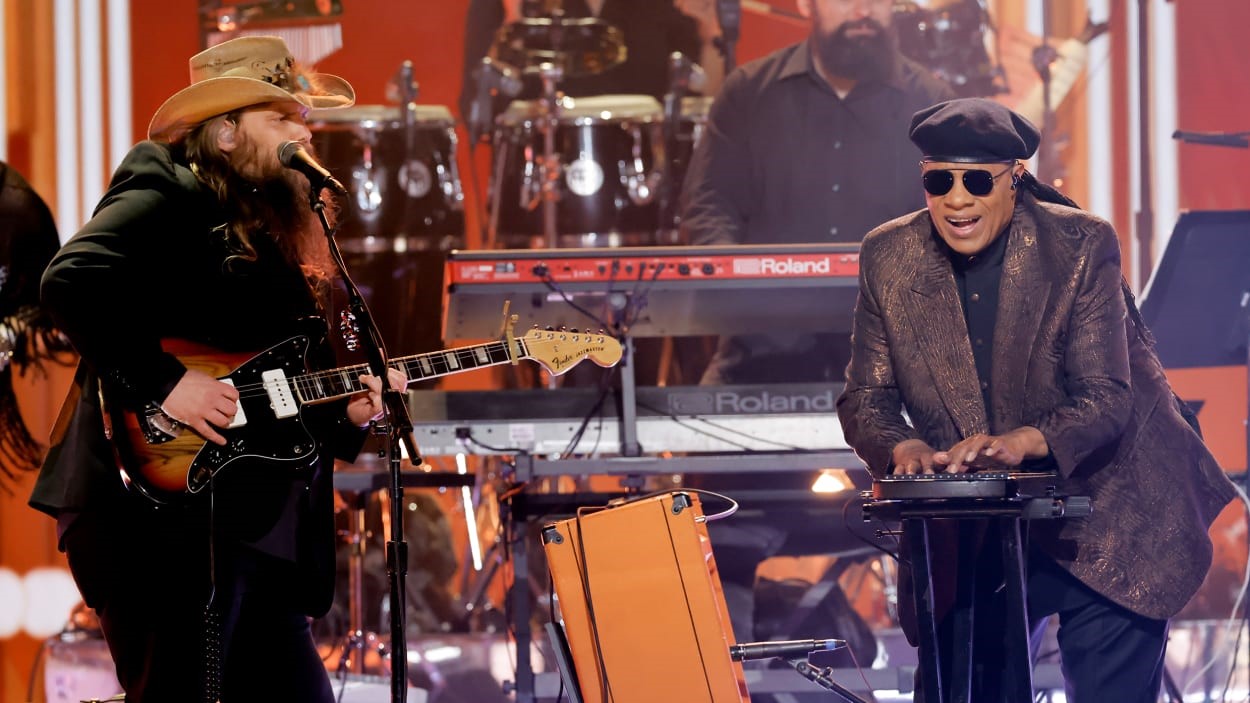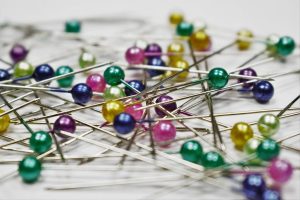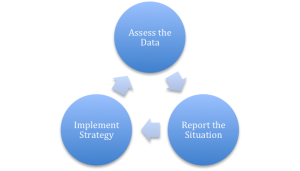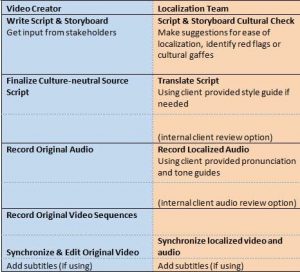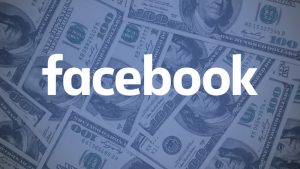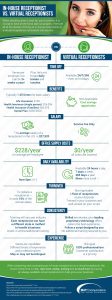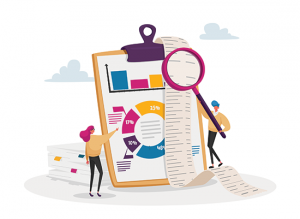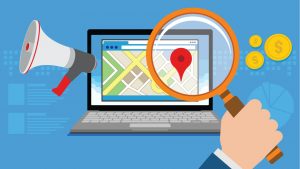Stevie Wonder. Ray Charles. Andrea Bocelli. If you were to ask a random person to name a blind musician, one of those three would almost inevitably come up. Ask that same person about up-and-coming blind musicians, and they’ll likely draw a blank.
That’s no accident, according to Athan Billias, president of the MIDI Association, the nonprofit organization in charge of the MIDI standard. “Music production is much more visually oriented,” than it used to be just a few decades ago, Billias says, which has made things a lot harder for people with vision impairments. Traditional recording studios were dominated by big consoles with lots of knobs and buttons, which offered tactile feedback to the vision-impaired. Today, a studio is often little more than an app on a laptop or an iPad—and a lot of those apps prioritize eye candy over accessibility.
“Eye candy has very little meaning to Stevie Wonder,” Billias says.
In order to better help visually impaired musicians, music production technology has to get more accessible across the board, believes Billias, whose group has been developing a new standard for music accessibility. Doing so will also make music tech itself more accessible to broader sections of the population. “When you make your product more accessible, you actually make it better and easier to use for everybody,” Billias says.
Making musical instruments easier to use has been at the core of the MIDI Association’s work ever since its founding close to a decade ago. The group’s MIDI standard allows digital instruments and computers from different manufacturers to communicate with each other. Now, the group is also pushing for uniting disparate accessibility efforts across the industry. “They’re working in silos,” Billias says. “The issue is that it’s piecemeal.”
The MIDI Association’s work in this field includes an effort to create a technical standard that could help vision-impaired musicians to more easily control their recording and production gear by loading accessibility settings whenever they plug one of their devices into another. The nonprofit also plans to help spread the word about accessibility, and potentially steward open source software efforts in the field.
There are of course a number of blind musicians and producers, even in today’s digital world. One of them is Scott Chesworth, a London-based producer, instructor, and recording engineer who has been completely blind since shortly after birth. That didn’t stop him from pursuing a career in the music industry. “The whole time I’ve been working, digital audio has been at the center of it,” he says.
Chesworth spends much of his working day in front of his laptop, which he connects to a keyboard or a guitar whenever necessary. “Hardware-wise, my setup doesn’t really look any different from someone who is sighted,” Chesworth says. The biggest difference is that he is heavily relying on screen reader software, which tells him what’s happening on his laptop’s screen at any given time.
Chesworth’s screen reader of choice is NVDA, an open source app for Windows PCs. He’s also a heavy user of Reaper, a piece of digital audio production software that he uses via a dedicated accessibility extension. For him, it’s a winning combination. “It’s the most I’ve ever been able to get done, across the board,” Chesworth says. At the same time, he admits things aren’t perfect. “There’s still a lot to be done, but it’s definitely moving in the right direction.”
However, accessibility is not a zero-sum game. That big, analog studio Stevie Wonder used in the ‘70s may have been a lot more accessible to him than modern-day digital technology, but the equipment it housed was also prohibitively expensive. Modern-day digital technologies have helped to democratize music-making. Productions that previously required equipment worth many thousands of dollars can now be done with a $15 iPad app. “That movement of digitalization has positively affected the economic equation, but negatively affected the accessibility for people with disabilities,” Billias says.
For Chesworth, the biggest thing music tech companies can do to further accessibility is to actually listen to blind and vision-impaired people. “The best people to write a screen reader user experience are screen reader users,” he says. Chesworth believes that companies would ideally hire blind developers to work on accessibility, and he even taught himself programming to contribute to the Reaper accessibility extension.
But even just inviting vision-impaired users to provide feedback would make a big difference, Chesworth believes. “Make sure you do actual user testing with even a small group that have lived experience of that thing you’re trying to develop for.”
Doing so may ultimately help companies build better products for everybody. Billias points to French music tech company Arturia as an example, which makes MIDI keyboards and other devices. “Arturia have made their controllers accessible,” he says. “When you touch any button on your controller, it tells you what it’s doing.” It turns out that’s not just a plus for vision-impaired musicians. “They found that people who are perfectly able to see love that feature.”
(10)
Report Post